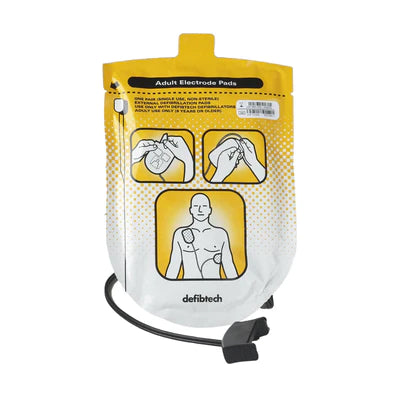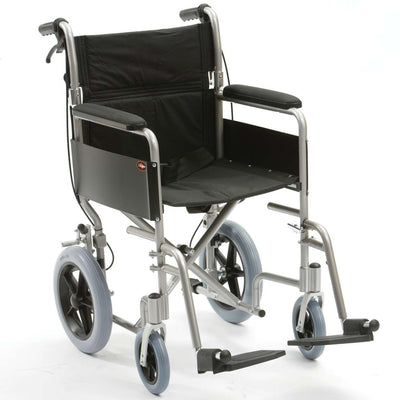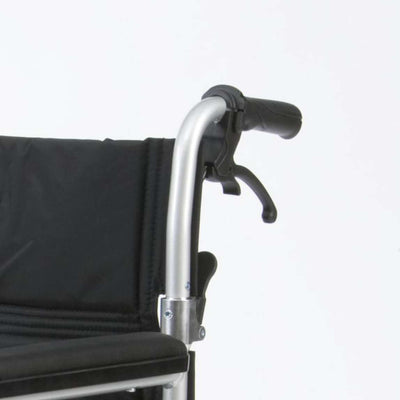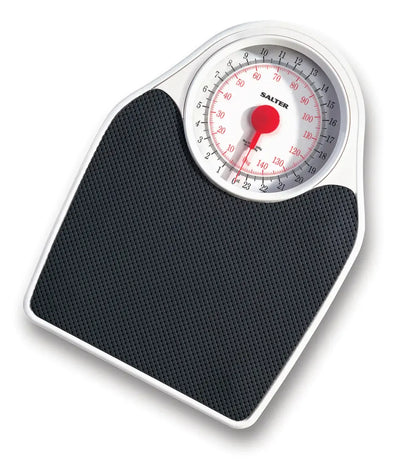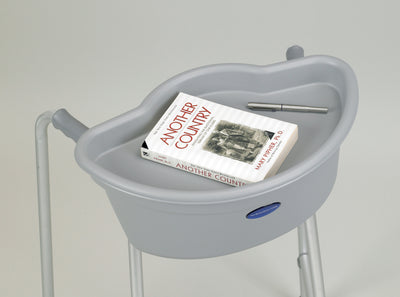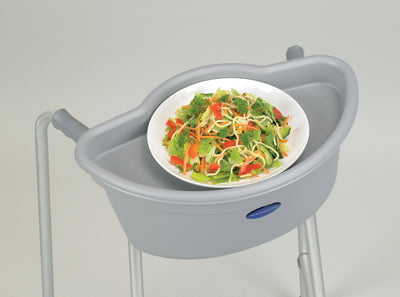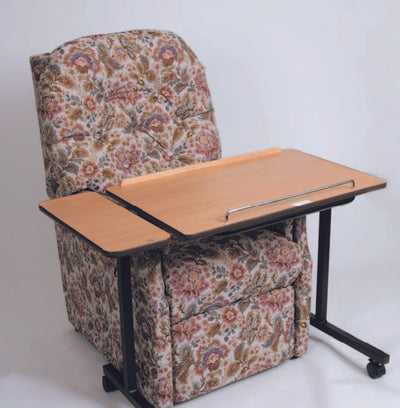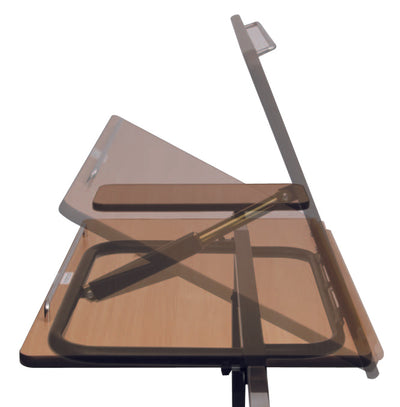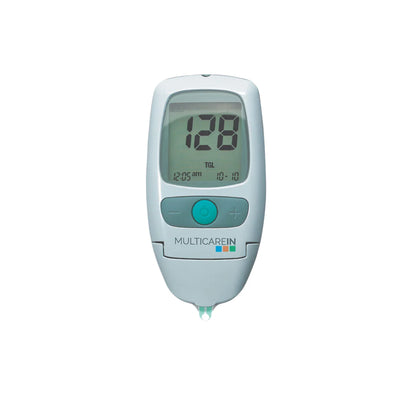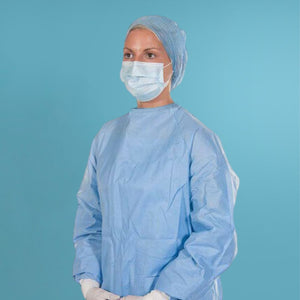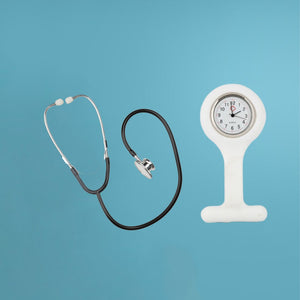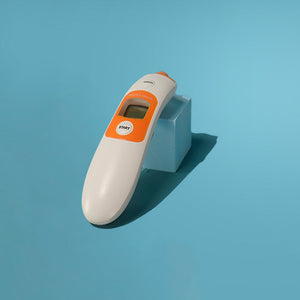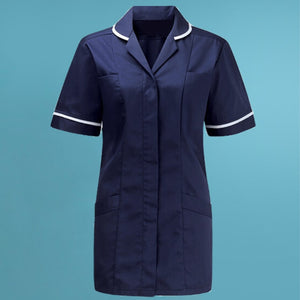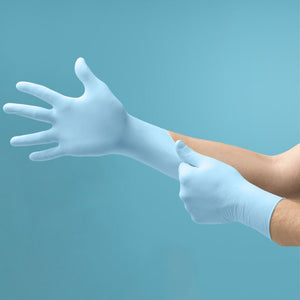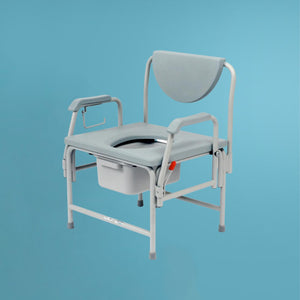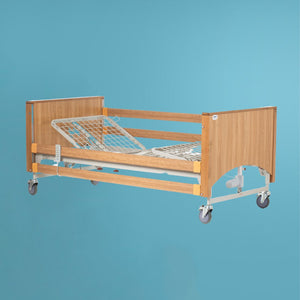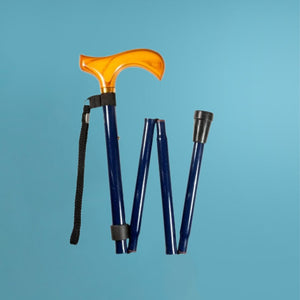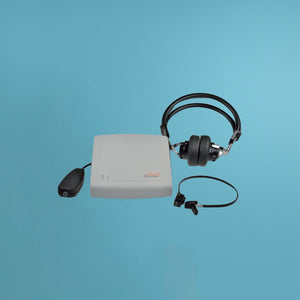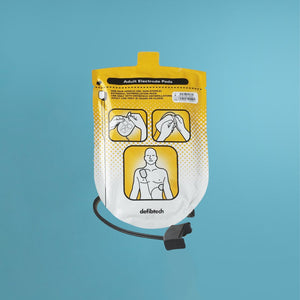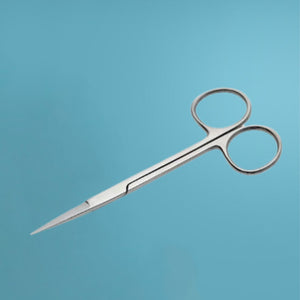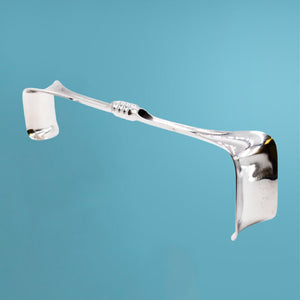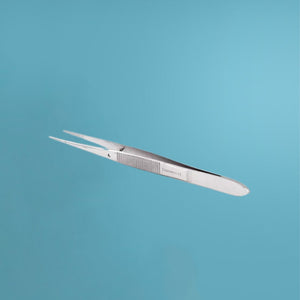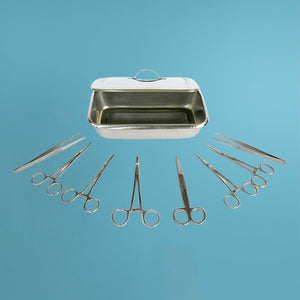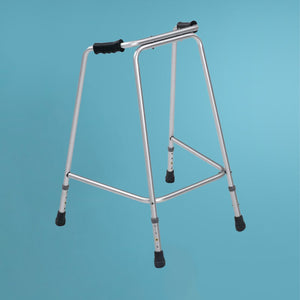Keeping on top of your health goes beyond seeing your GP when you feel unwell. In fact, many serious health problems are first picked up at home, and not in the GP surgery. Since no-one knows your body better than you do, it makes sense for you to routinely do your own at-home health checks to keep on top of any changes in your health and wellbeing.
Here are 5 easy, but important, health checks you can start doing at home today.
Blood Pressure
High or low blood pressure can lead to a variety of often life-threatening health conditions, so keeping a regular check of your own blood pressure can help to prevent issues like dizziness, heart attacks or strokes.
Using a Blood Pressure Monitor at home is quick and easy. Check your blood pressure in the morning and evening to gauge your normal resting rate. The NHS Blood Pressure Checker has a useful tool for checking and understanding your blood pressure monitor readings.
If you’re a relatively healthy adult you should only need to check your blood pressure once a month. If you have any underlying conditions you may need to check more often and you should discuss the frequency with your GP.
In the UK if you’re over 40 you should have your blood pressure measured as part of your NHS Health Check, but regularly measuring your levels at home can help with early detection. Thankfully your GP will have measures that you can take to lower your blood pressure and prevent serious complications.
Pulse Rate
A major cause of death for both men and women is heart disease. Checking your resting heart rate, or pulse rate, regularly is a simple self-examination you can do at home to assess the health of your heart and general wellbeing.
While sitting or lying down, place the first two fingers of one hand on the base of the wrist of the other hand until you feel a pulse. Count the pulse beats for either 60 seconds, or for just 30 seconds then multiply by 2. Make sure you test when you have been sitting or at rest for some time - it’s a good idea to do this when you wake up, for example. You can also find your pulse on the side of your neck between your jaw and your windpipe. Make sure you don’t use your thumb to take your pulse.
In a healthy person, the resting heart rate, or pulse rate, should be between 60 and 100 beats per minute, although if you’re very fit it could be lower than this. If you test multiple times outside of that range, it could mean you have a cardiovascular issue. If you feel an irregular beat this could also indicate an issue and it’s best to discuss this with your GP.
Breast Check
Early detection of breast cancer offers the best chance of successful treatment of the disease. Regularly examining your breasts for changes, discolourations and lumps can help you detect issues early.
You should get used to how your breasts look and feel, as any changes will be easier to detect. Regularly, look at your breasts in the mirror - first with your arms down, then with them raised in the air. Look for signs of discolouration, puckering, spotting or lumps.
Get used to how your breasts feel by regularly feeling for any lumps or bumps. Use a circular motion to check the full breast area, as well as under the armpit and around the nipple.
If you spot any changes or anything that worries you, arrange to see you GP or nurse for a chat and further investigation. Not all changes will be cancerous but they should all be checked out.
Don’t forget that breast cancer can also affect a small percentage of men, so these checks are recommended for both men and women.
Oxygen Levels
Since the onset of the Covid-19 pandemic there has been a much greater awareness of the importance of checking your blood oxygen levels, especially if you’re suffering from a respiratory infection. At-home oximeters have become staple items in home first aid kits.
Oxygen in your blood helps replace worn out cells, provides energy for your body, supports your immune system functions and more. A low blood oxygen level may be a sign of poor circulation and lung issues. A normal blood oxygen level is 95% or higher. Monitoring your own blood oxygen level at home is easy and fairly inexpensive with a finger blood oxygen monitor or oximeter and it’s a great way to make you aware when it may be time to see the GP or, at worse, ring for emergency support.
Mole Check
The first sign of melanoma or skin cancer is often in a new mole or a change in an existing mole on the skin. So get to know your moles, and check them regularly — once a month, ideally, especially if you’re fair-skinned, have a family history of skin cancer, or have a lot of moles.
Look out for any mole that is getting bigger, changing shape or colour, bleeding, itching or becoming crusty.
Use the “ABCDE” warning signs: A, for asymmetrical - melanoma often have 2 very different halves; B for irregular borders; C for abnormal colour; D for diameter - most are bigger than 6mm (but not all); E for evolving, meaning the mole changes appearance over time. Melanoma can appear anywhere on your body, but they most commonly appear on the back in men and on the legs in women.
Get anything suspicious checked out by a GP or referred to a dermatologist as soon as possible.
Need more help? We're always here to help so get in touch today.
For all your Medical and Homecare supplies give us a call at Mediworld.
We have over 40 years experience in medical, surgical, mobility and home health supplies and we're always on hand to chat if you need support or advice and don't forget to read our other great health blogs!
January 2023


